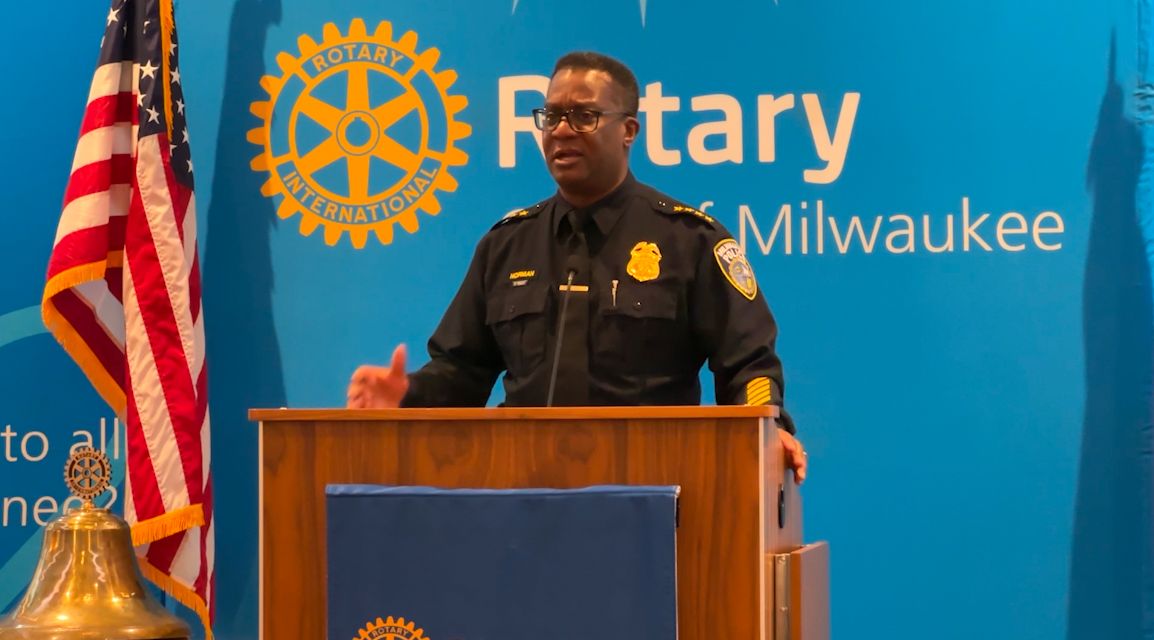RICHLAND COUNTY, Wis. — The Lower Wisconsin Riverway encompasses 45,000 acres of grand beauty in the southwestern corner of the state.
Self-described “River Rat,” Timm Zumm, said he enjoys going by boat or car along the scenic stretch of the river marked by shifting sand bars and picturesque bluffs of the Driftless Area. His group, the Friends of the Lower Wisconsin Riverway (FLOW), has a shared mission.
“It is to protect and to preserve the awesome wilderness-type experience of the lower Wisconsin state riverway,” said Zumm.
The final 92 miles of the Wisconsin River, before it joins the Mississippi, have no dams. It is the longest, free-flowing stretch of river in the Midwest. Zumm said while paddling, parts of the river appear similar to what early explorers may have witnessed.
But he stressed caution when navigating the water, even when things look ideal.
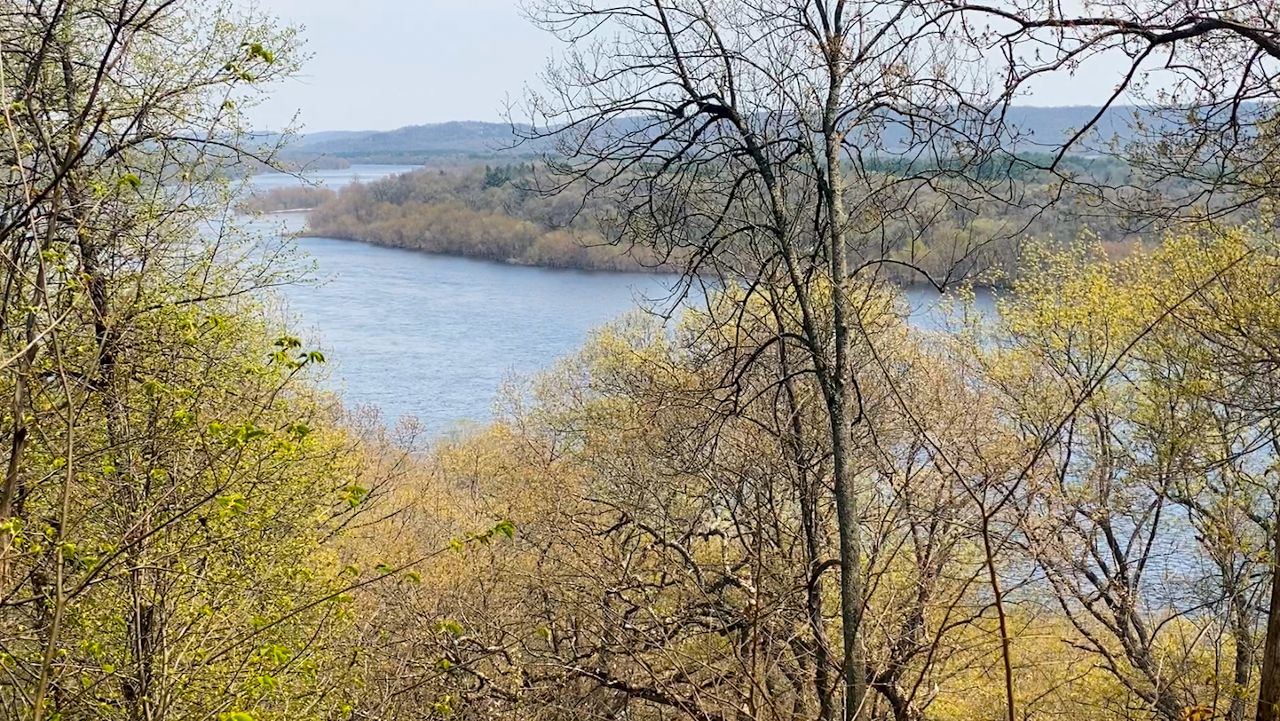
“If the wind’s not blowing, it looks like a pond. That’s what makes this river look so dangerous,” said Zumm. “It doesn’t look dangerous. People drive by and say, ‘Oh, look at that nice beach down there, momma.’ They go down there and don’t realize that there is a constant, unrelenting current. If you’re not familiar with how to deal with that, it is a killer.”
To help those unfamiliar with the dangers of the river, the group became interested in building a life vest kiosk. Inspired by a successful program in Alaska, anyone in or around the river could use a life vest and return it when finished.
Then some tragic news led to a larger project for the group.
“A little five-year-old girl drowned further downriver,” said Zumm. “That motivated me and others to say, ‘hey, why don’t we put as many as we can along the riverway?’”
With help from other groups and working with the Wisconsin Department of Natural Resources, FLOW installed 15 kiosks along the river.
Zumm said the vest should go on before anyone gets near the water.
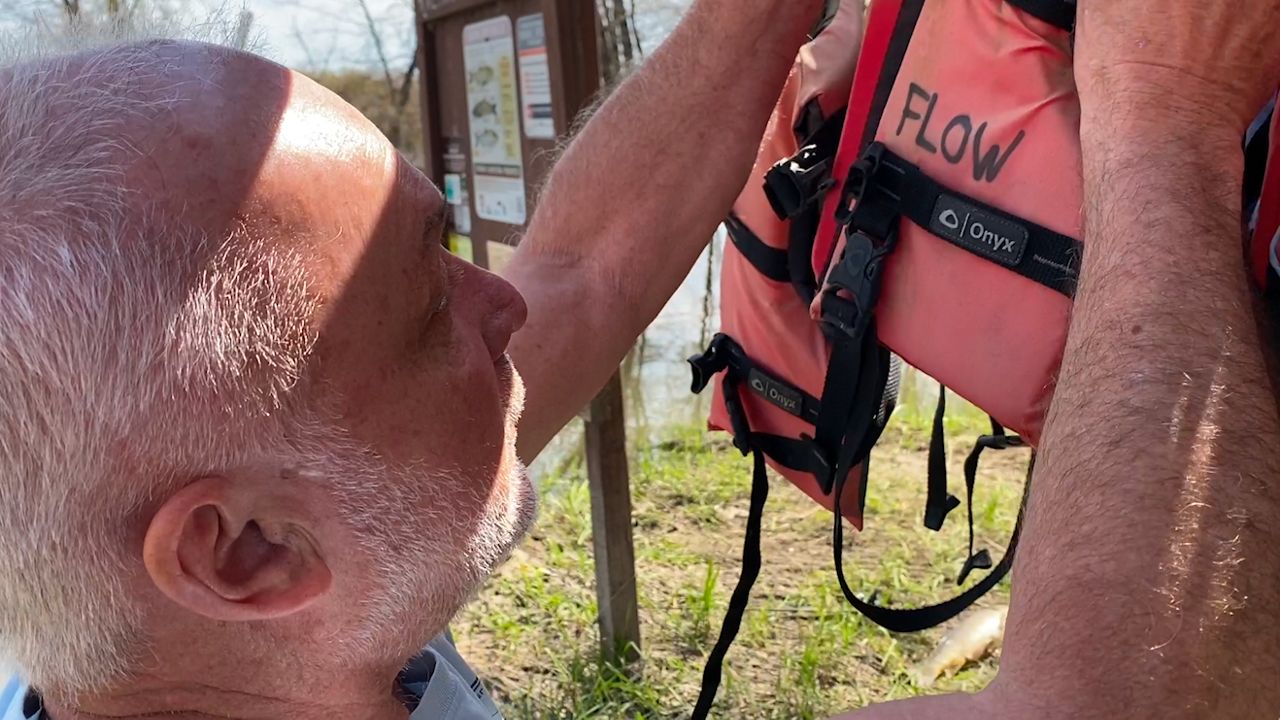
“A lot of people will slip and fall right on the river’s bank, and especially with kids…they’re gone like that. If you have the vest on already, all you do is get wet,” he said.
Once headed downstream, even advanced swimmers can find difficulties going against the current, he said.
“Go with the flow. That’s what you need to do,” said Zumm, pointing to his shirt with the FLOW logo. “Especially if you have a life vest on, you just float down a little bit until you can stand up again and then work your way back.”
Mark Cupp of the Lower Wisconsin Riverway Board said everyone, not just kids, should wear a properly fitted flotation device.
“That is the most important thing. That’s how you avert disaster and tragedy,” said Cupp.
Another attraction and concern are the river’s sandbars. They’re popular for camping and exploring, but one wrong step could sink you into what Zumm calls “quicksand.”
“Check out the sandbar where you’re stopping. Make sure you understand where a potential drop-off is located. Make sure you identify a safe place for the kids or people who aren’t strong swimmers to play,” said Cupp.
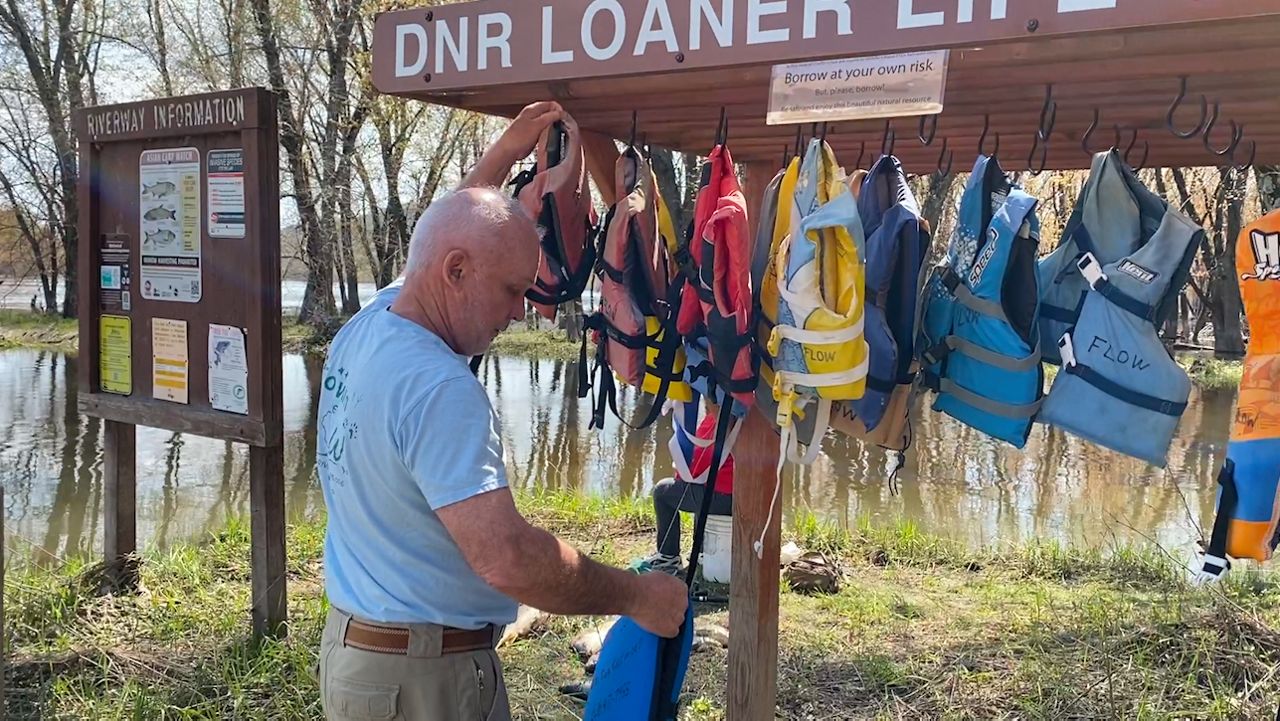
Zumm encouraged potential visitors to reach out to the FLOW group for up-to-date information on the river. He also offered advice for camping on a sandbar.
“Take your boats and pull them up where they’re dry. If you’re really concerned, you can tie a string to a canoe and then tie the other end to your big toe. If it floats away, that will wake you up,” laughed Zumm.
The life vest kiosks were designed by Zumm to withstand flood water. Like the late architect Frank Lloyd Wright, he calls Spring Green home, so he took his kiosk idea to a Taliesin-trained architect.
“I gave her my thoughts. She added a touch of class to it, with a little bit hanging over the backside. It’s absolutely non-functional, but it looks cooler. The whole idea with riverway stuff is, it’s supposed to blend in and be more natural,” said Zumm.
And the vests are being utilized.
“We can tell when they’re not hung up properly that they’ve been used,” said Zumm.
But the nature of the Wisconsin River means more vests end up downriver, not returned to their original kiosk. Once a week, FLOW volunteers make the 150-mile round-trip to restock.
Zumm said it’s all worth it to avoid more drownings.
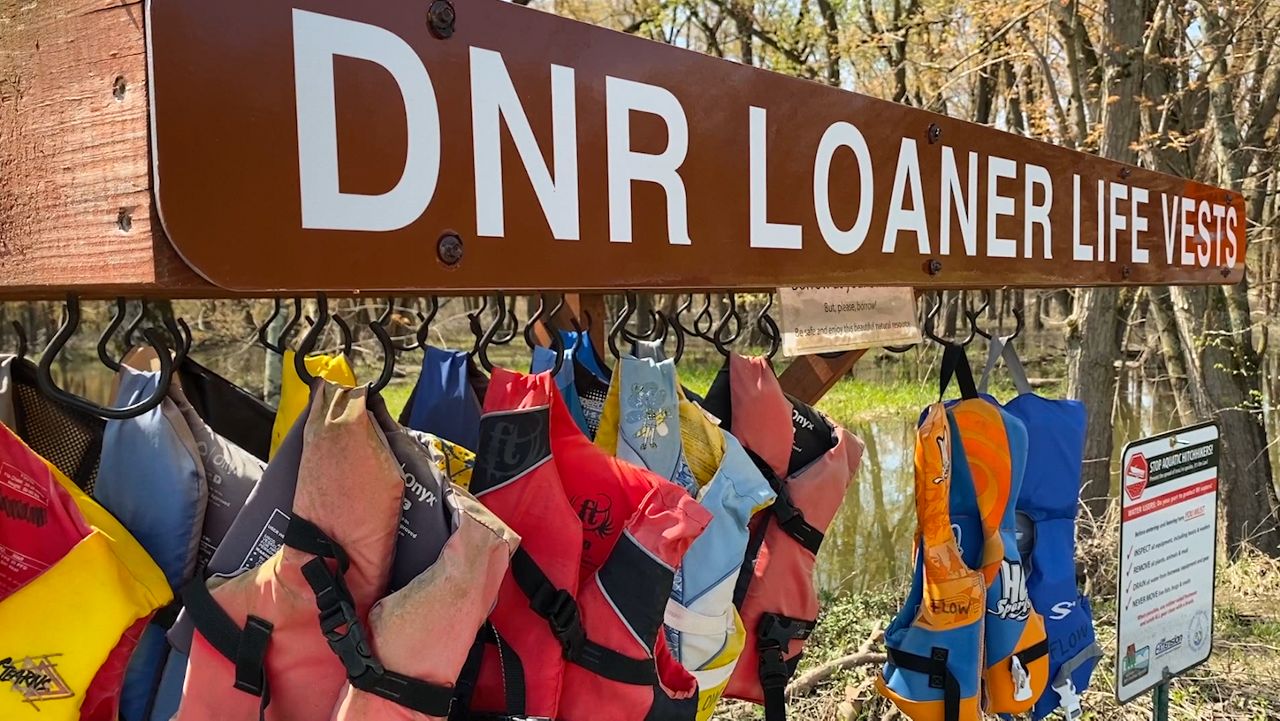
“The authorities tell me they never pulled a body out of this river that was wearing a life vest. It’s that simple,” said Zumm.
As a volunteer, Zumm said he finds it rewarding to help people get away from screens and into nature. With FLOW’s help, many have done that, perhaps now in a safer way.
FLOW maintains 13 of the 15 kiosks they built. The other two are supported by local municipalities.
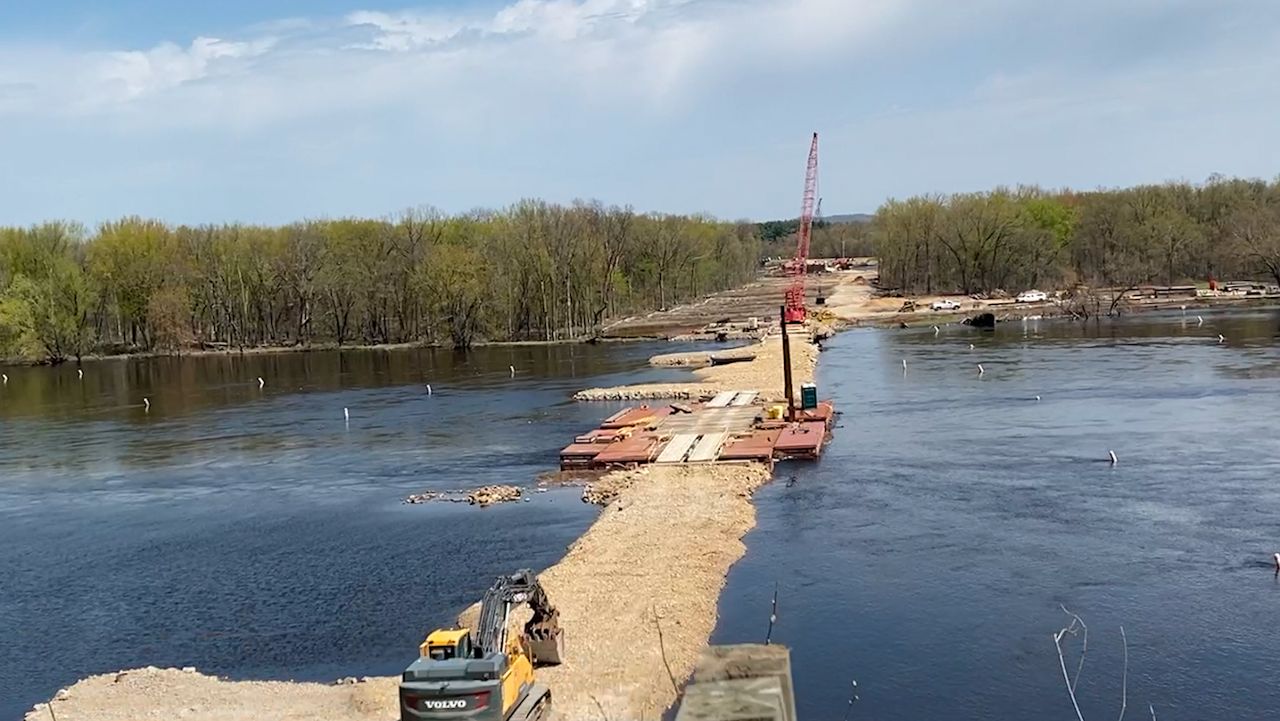
Zumm and Cupp also mentioned they wanted boaters and paddlers to be aware of the construction of a new bridge near the Highway 133 bridge outside of Lone Rock. The main channel is blocked during construction. Boaters will need to take the north fork before getting to the Otter Creek Boat Launch.
"For paddlers, this will not be an effective place to put in. You'll either have to go up, and around the island, or you'll have to go downstream and portage, and that's not really a good option," said Cupp.
As a nonprofit, FLOW works to maintain the kiosks and will also accept gently used life vests or financial contributions.








